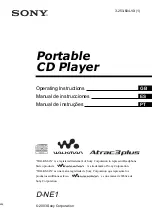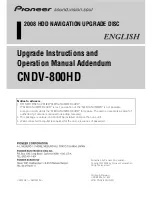
N V I D I A C o r p o r a t i o n
28
N V I D I A D i s p l a y P r o p e r i t e s
U s e r ’ s G u i d e
TwinView supports a variety of display options, such as digital flat panels, red-
green-blue (RGB) monitors, TVs, and analog flat panels and display modes; i.e.,
Standard, Clone, and Span.
Virtual Desktop
Virtual Desktop is a TwinView feature that is useful for flat panels and monitors
with limited resolution. Virtual Desktop is used to set a larger than viewable
area on the second display, which supports full pan-and-scan of the entire
desktop area. Currently, Virtual Desktop functionality is available under the
following operating systems and modes:
• Windows NT 4.0 and Windows 2000 in TwinView Standard or Clone mode
• Windows 9
x
in TwinView Clone mode
Video Mirror
Video Mirror is a TwinView feature that allows a video or DVD application to
mirror its playback in full-screen mode on any one of the connected display
devices. In other words, Video Mirror allows video data that’s displayed on a
hardware overlay to be displayed at full-screen on a secondary display.
Currently, Video Mirror functionality is available under
• Windows 2000 in TwinView Clone mode
• Windows 9
x
in TwinView Clone or Span mode
• Windows 95 in TwinView Clone mode
Desktop Manager
See description of
“nView vs. NVIDIA Display Properties” on page 2
Digital Vibrance Control
Digital Vibrance Control™
(DVC), a mechanism for controlling color
separation and intensity, boosts the color saturation of an image. DVC is
supported by the GeForce2 MX family and later series of NVIDIA GPUs.
OpenGL
The NVIDIA OpenGL Settings panel contains the following changes:
• Improved full-scene antialiasing methods
• Additional options for Windows 2000 and Windows NT 4.0
•
Force 16-bit Depth Buffer
nViewGuide_.book Page 28 Monday, August 11, 2003 4:03 PM
















































